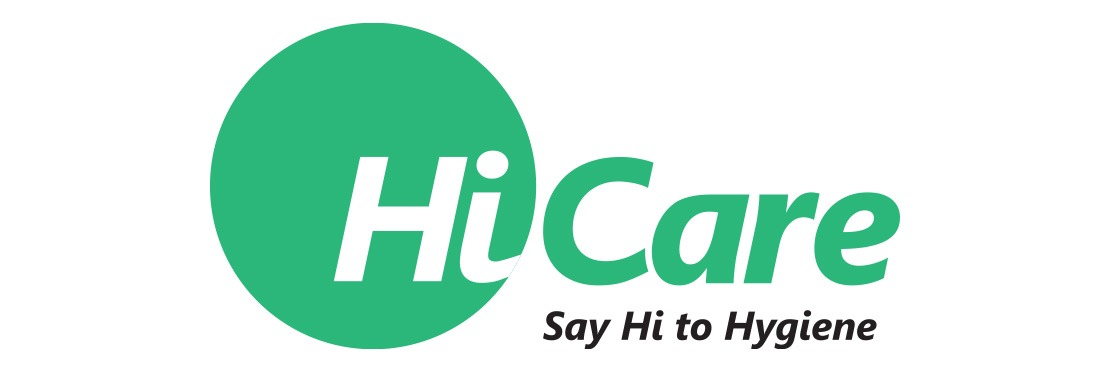Now you must be wondering why should I read about some disgusting, weird, white wood chomper insect like termite when there are far more fascinating insects.
Now you must be wondering why should I read about some disgusting, weird, white wood chomper insect like termite when there are far more fascinating insects and animals in the world. Well that’s where the phrase Know your enemy’ comes to mind. If you look at them alone, calling them an enemy might seem like an exaggeration, however an entire army of termites can multiple-handedly bring down your house upon your heads and that is not a matter of exaggeration. Thus, there are over 2000 species of termites but there are 4 major species that ideally you should know.
Subterranean Termites
This termite likes to live in large joint families that can have up to 2 million members. They live either in underground colonies or in moist, hidden areas above ground. They build distinctive mud tubes’ to gain access to their food sources like your clothes, documents and furniture but also to protect themselves from open air. They divide their colonies into three groups: workers, soldiers and reproductives.
Formosan Termites
These Formosan Termites, come originally from China. They are known to be the most voracious and aggressive species of over 2,000 termite species known to the world. Formosans are organised into massive underground colonies, and build intricate, veiny mud tunnels and nests inside the walls of a structure. Because of their aggressive nature, Formosan termites become very difficult to control once they infest a structure thus making the calling of Pest Control a necessity.
Dampwood Termites
What’s in a name?’ Shakespeare got it wrong when it comes to this species of termites because true to their name, dampwood termites love to infest place with high moisture content. They are larger in size than your usual termite species and usually avoid house structure in humid areas. However, if you happen to stay in high humidity areas then your house might be in danger since they love making a feast out of very moist wood. For prevention make sure to fix any and all wet spots, leakages at house and air dry your home regularly.
Drywood Termite
Another species that stays true to it’s name, they infest any and all dry wood. Drywood termites do not need to be in contact with the soil, unlike other termite species like the subterranean and Formosan termites. This termite species often makes is nests in the roof and wooden wall supports and then infest dead wood that may be around homes, then they attack your house from outside in, leaving unrepairable damage. Although they don’t necessarily require as much moisture for survival like dampwood termites and others, they can also be found in wood near a water source such as wet wall spots or leaky pipes.
Termite Solution
Aggressive breeds like Formosan have literally no solution other than pest control. But for the other breeds as well, it’s better to take the pinch of professional pest control now instead of taking the punch of a termite-infested damage later.




